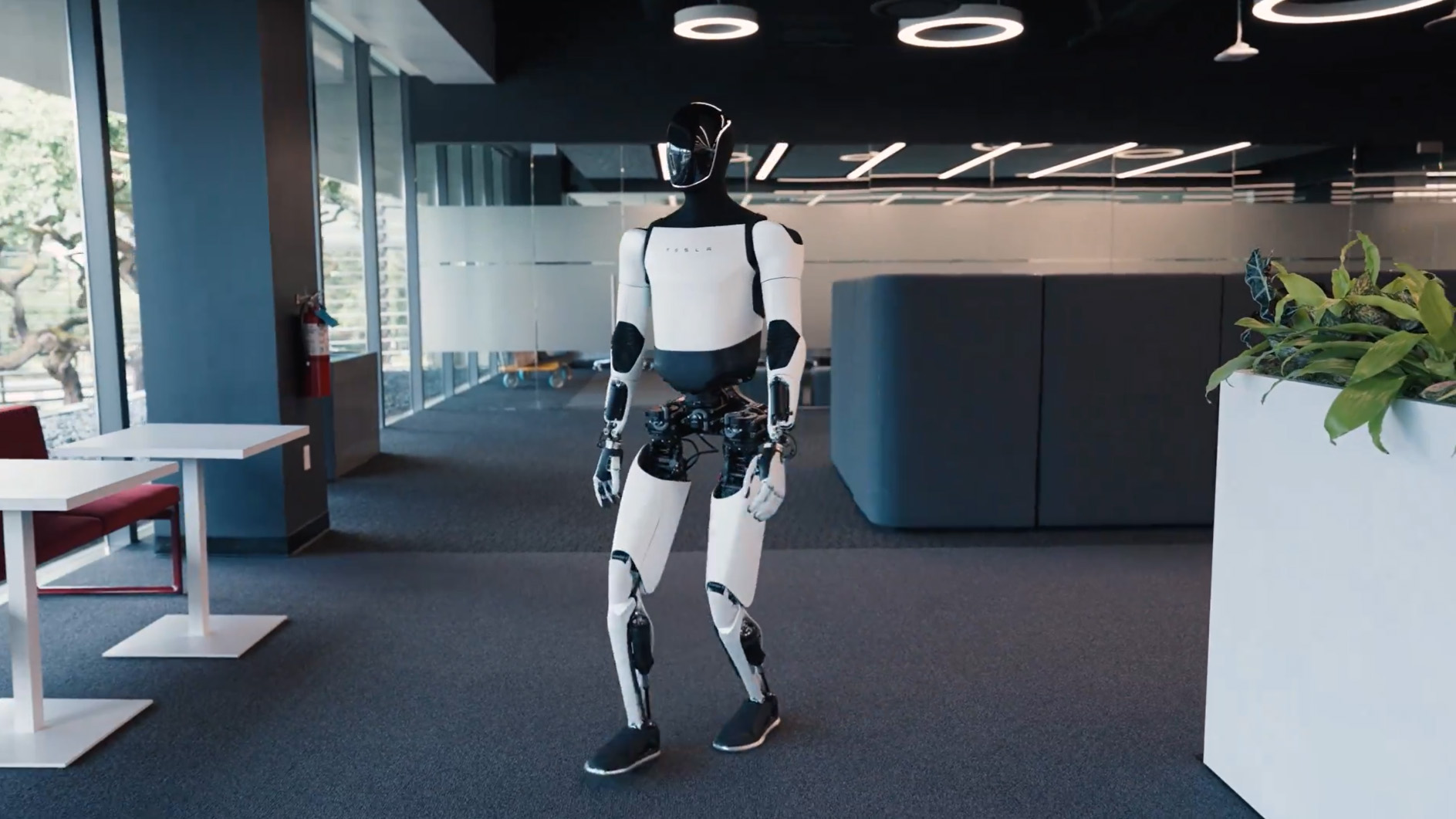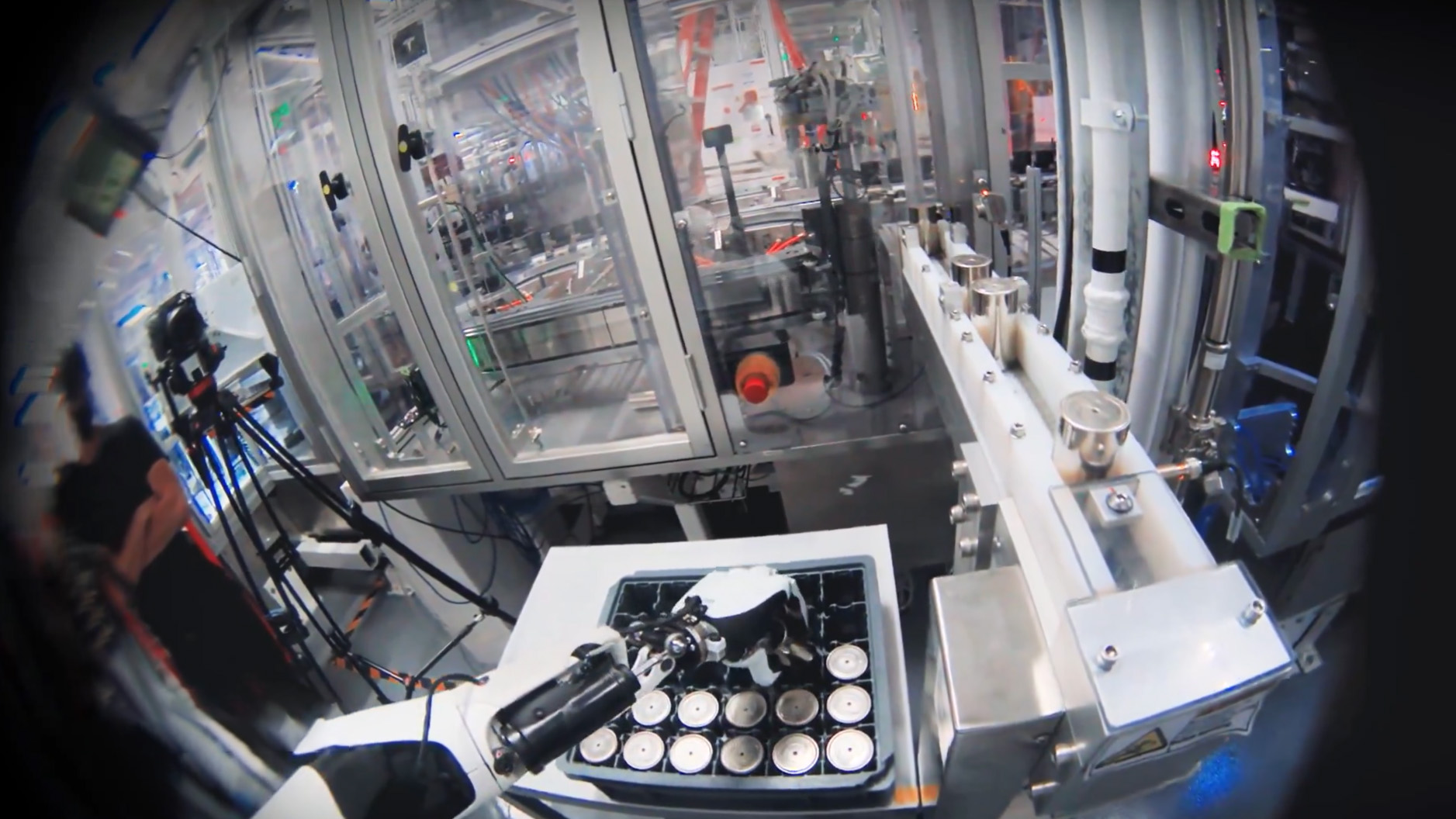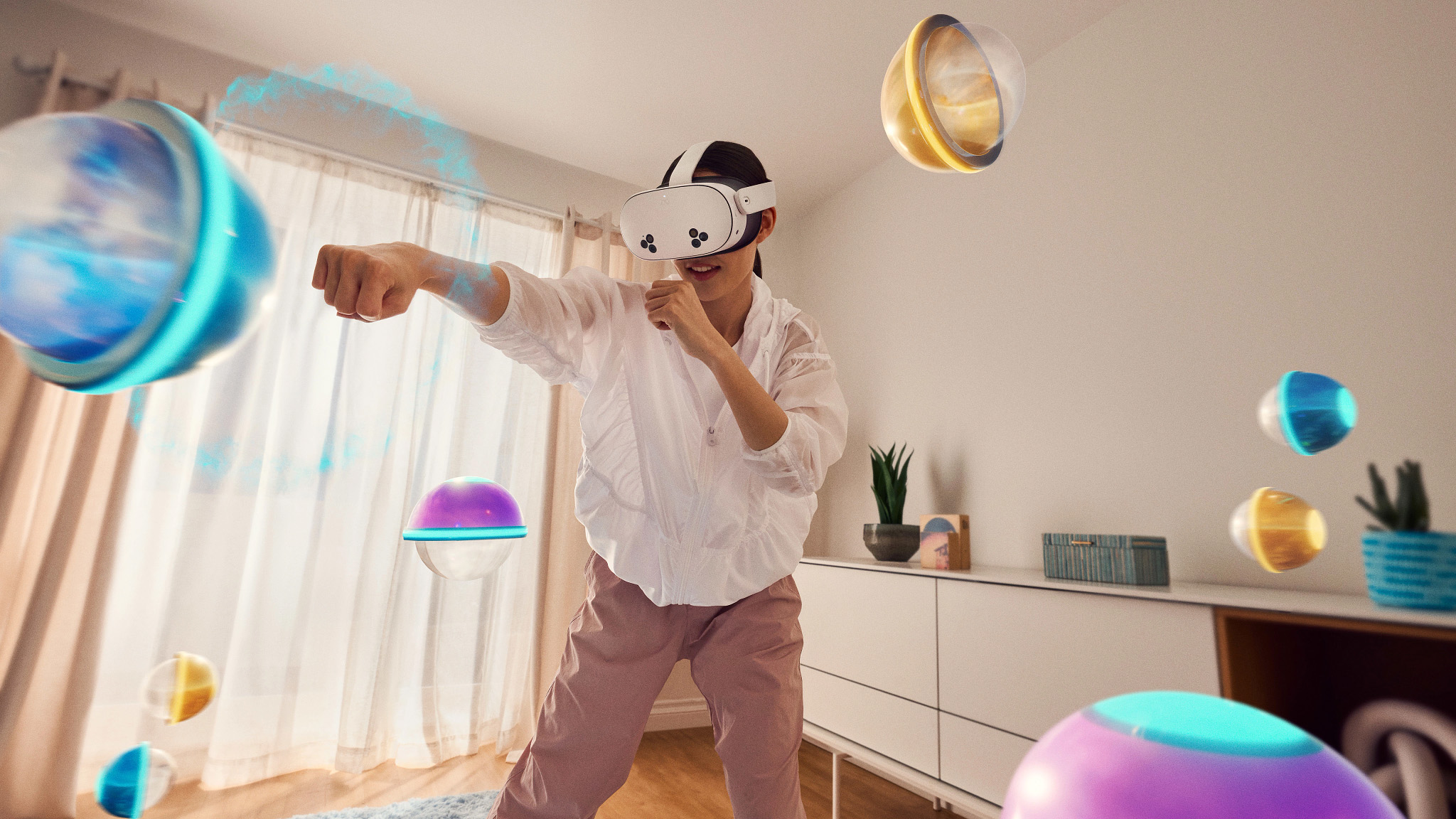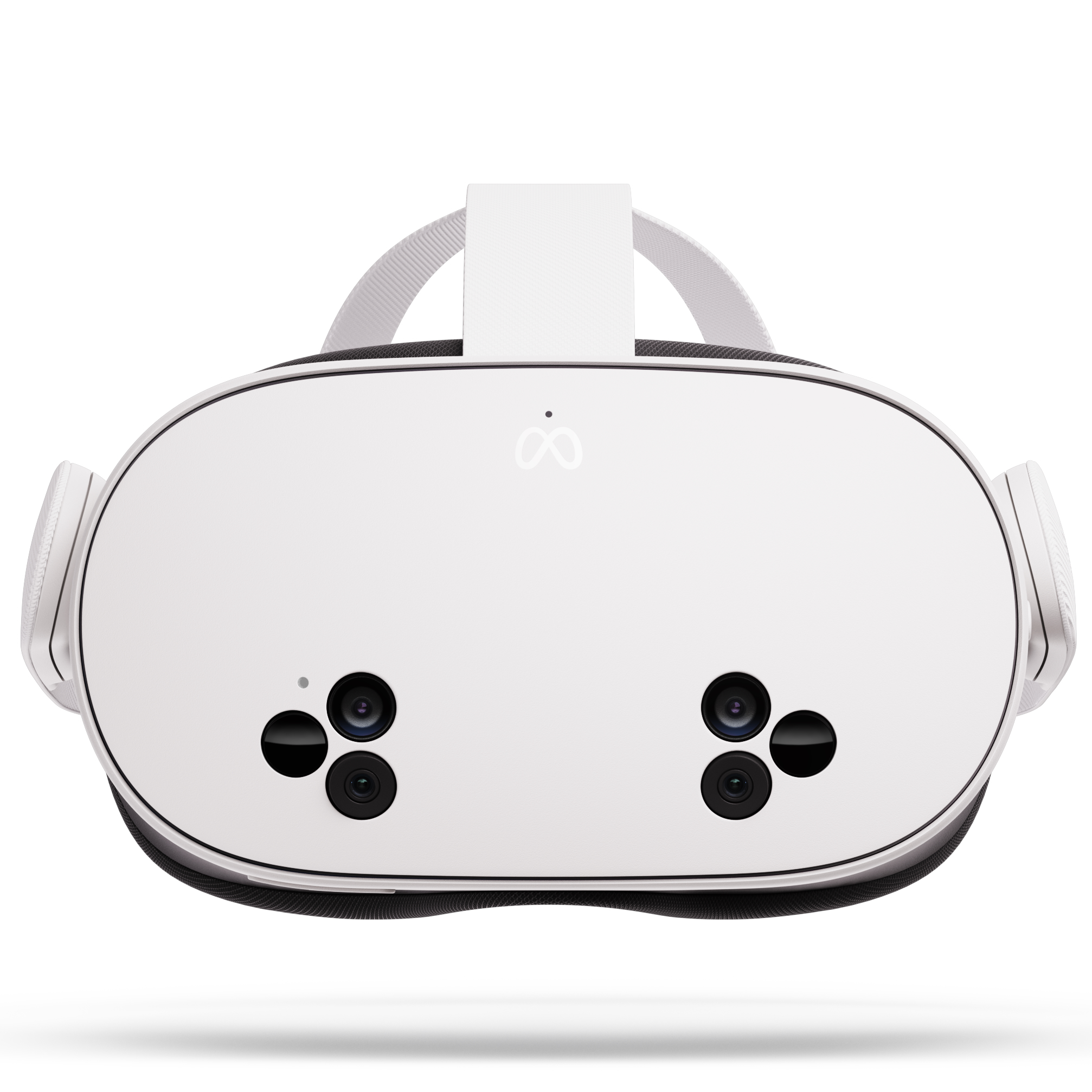The Tesla Bot is the future of at-home care, but not the way Elon wants you to think
Remotely controlled robot helpers could be the new at-home dream job.

Imagine waking up on your 91st birthday to a friendly robot companion that brings your morning coffee and a nice warm robe to start the day in. After making you breakfast, it bids you good day and heads back into the closet for a quick charge-up.

In his weekly column, Android Central Senior Content Producer Nick Sutrich delves into all things VR, from new hardware to new games, upcoming technologies, and so much more.
At around 11 a.m., you realize there's a new pain in your leg that you haven't experienced before, so you make a quick phone call to the doctor, and, in a minute, your robot companion emerges from the closet, entirely remote-controlled by your doctor. They can run scans, have a full conversation, and even perform exams, all without you having to leave your home and go through the irritating task of trying to find transportation across town.
Later in the day, that same robot is driven by your 10-year-old grandson who just sat down with you at your dinner table. You have a very real, human conversation with them, despite living several states away, including videos of his latest whittling project and tales about what happened at school recently.
Nothing replaces full face-to-face human interaction, but the ability for a fully remote-controlled robot that can be embodied by anyone with a VR headset like the Meta Quest 3 is a future I want to fully embrace. Tesla's "We, Robot" event this week helped me realize that this idea is something fully possible right now with the right technology and it, once again, proves to me that VR is the future of virtual human interaction.
Optimizing the Optimus

Tesla CEO Elon Musk took the stage earlier this week at an event called "We, Robot," unveiling new Tesla vehicles and giving a surprise look at the latest generation of Tesla Optimus robots. While Musk branded the robots as autonomous and hyped up the capabilities, it was found that they were partially remote-controlled by employees wearing VR headsets.
As expected, many cried foul, but I look at this very differently. Instead of worrying about whether Tesla can actually launch autonomous robots by the end of 2025, I think the company needs to embrace its remote-controlled strategy fully.
Optimus robots, remotely controlled by humans using advanced VR rigs, are the perfect way to deliver at-home care for the elderly, injured, disabled, folks with special needs, and more. While many science fiction universes have fully autonomous robots that perform these tasks, we're nowhere near this reality without significant safety issues.
Get the latest news from Android Central, your trusted companion in the world of Android
Instead, certified trained individuals — along with people you permit — could feasibly help multiple people throughout every workday, providing meaningful human interaction when humans need it most. Here's a short clip of it in action:
There is a person controlling it, like in the video below. What's most impressive is the fluid, natural movements. pic.twitter.com/PV5h9Pyi70October 11, 2024
Much like remote-controlled drones, robot operators would be able to see through the robot's "eyes" by wearing affordable VR headsets like the Meta Quest 3S. Moving the arms around could be done entirely with the motion controllers included, although I could imagine plenty of scenarios where more specialized controllers or gloves would make more sense.
The current generation of robots utilizes a hybrid AI operation model, where operators move the robot around and the AI handles the actual task of making the legs and arms operate as we would expect a bipedal creature to move.
Tesla also says that some tasks can be fully automated, and I imagine routines could even be programmed to make

Communication would be granted through a secure platform that includes multiple layers of security, including local authorization codes, phrases, or buttons that must be pressed to grant final access to the robot for the remote person.
And, of course, there would need to be some sort of giant red "off" button or emergency override locally to ensure nothing bad happens. All of this is hypothetical, but it's built entirely on real-world solutions that exist today.
VR as more than gaming

Mark Zuckerberg and plenty of other folks in the VR industry have told us that VR is about more than gaming for years. Some of the focus has been around a broader entertainment or next-generation social networking angle, but I think the most powerful form of virtual human interaction can be achieved through a mix of VR headsets, virtual worlds, and remote-controlled robots for real-world interaction.
And while this sounds like it could be too costly for most households to afford, Musk says he can deliver on the robot vision for around $20,000-$30,000 "long term". Given that long-term care or hospice can cost thousands of dollars every single month, the idea of getting a competent human-assisted robot in your home for the cost of a few months in one of these facilities starts to sound quite affordable.
Aside from the sheer convenience of being able to "summon" healthcare workers and loved ones to your home at any given moment, remotely operated robots could be a huge boon for overburdened healthcare workers who normally might only have time for one or two remote patients per day.

Being able to claim a 4-hour shift and spend a solid hour with each patient by quickly porting between robots means workers would spend less time on exhausting commutes and more time caring for patients.
As I've learned from my own remote-only job, it also means they can have more time at home and with their own loved ones instead of wasting it away on a highway or at an office.
Tesla is currently hiring virtual reality teleoperation positions for Tesla Bots, and the description of the job sounds awfully similar to what I'm envisioning here. The biggest difference, of course, is that this particular job also includes designing the remote systems that'll make the robots work on a wider scale, but future positions will almost certainly just be for certified workers to safely operate the bots remotely.
If the purpose of making household robots is to enhance the lives of the people who own them, I can't think of a better way than to have that robot be the remote embodiment of people you trust and love. The possibilities here are nearly endless and it could easily be extended to help all sorts of people with disabilities, special needs, or even just remote socializing during times of loneliness or crisis.

You can't remotely control robots (yet), but you can spend time with friends or family through powerful virtual worlds that make you feel like you're really there, all at a low price.

You must confirm your public display name before commenting
Please logout and then login again, you will then be prompted to enter your display name.
